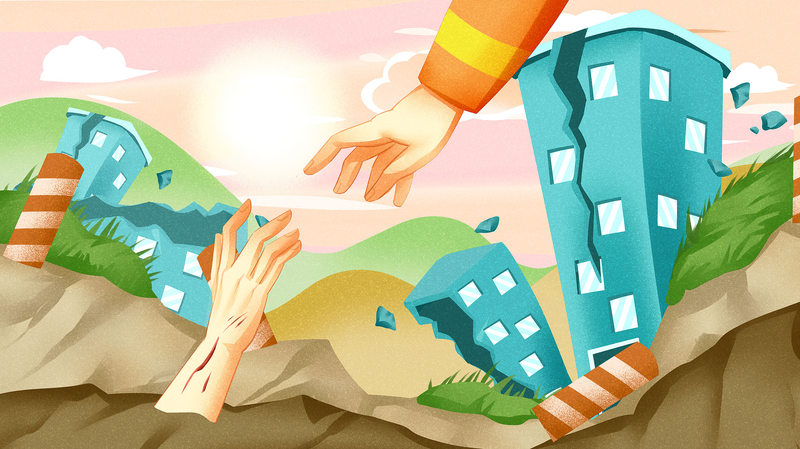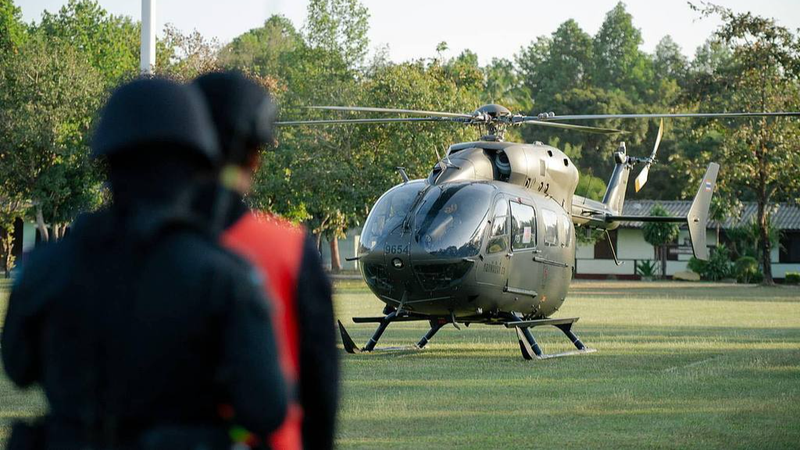The recent M7.7 earthquake in central Myanmar has left a deep mark on the region, with over a thousand lives lost and widespread damage. This tragedy raises important questions: What made this quake so powerful? And how can communities better prepare for such disasters? 🌍
Experts highlight that the quake's shallow depth of only 10 kilometers resulted in intense ground shaking, causing poorly constructed buildings to collapse. Its proximity to Mandalay, Myanmar's second-largest city, amplified the destruction.
The tremors even reached the Chinese mainland's Yunnan Province—in Ruili City, about 300 kilometers from the epicenter, residents experienced strong shaking that led to minor injuries. In terms of energy, the quake unleashed a force comparable to 300 atomic bombs!
At its core, this disaster stems from the dynamic movements of Earth's tectonic plates. Myanmar lies on the seismically active Himalayan-Burmese Arc, where the Indian Plate collides with the Eurasian Plate at about 5 centimeters per year. This collision builds enormous pressure along faults like the dangerous Sagaing Fault, setting the stage for catastrophic events.
Survival Tips for Future Quakes
When the ground starts to shake, experts advise people indoors to drop to the ground, take cover under sturdy furniture, and hold on until the tremors subside. For those outdoors, quickly move to open areas away from buildings and power lines. Remember, doorways in modern buildings are not safe havens.
Additional steps include storing at least three days' worth of water, canned food, and flashlights, as well as knowing how to shut off gas valves to prevent fires. Keep sturdy shoes nearby to protect against broken glass, and in rural regions, identify safe zones free from landslide risks. Remember, being prepared is like having a cheat code in your favorite game—it can make all the difference during unexpected challenges. 💡
The historical 1930 Bago earthquake, measuring 7.3, serves as a sobering reminder that reinforcing infrastructure and conducting regular community drills can save lives. As seismic activity continues along the Himalayan-Burmese Arc, staying informed and prepared is more critical than ever.
Reference(s):
cgtn.com




